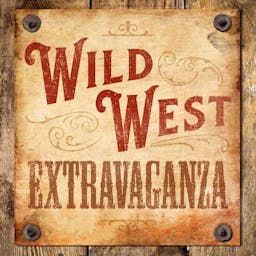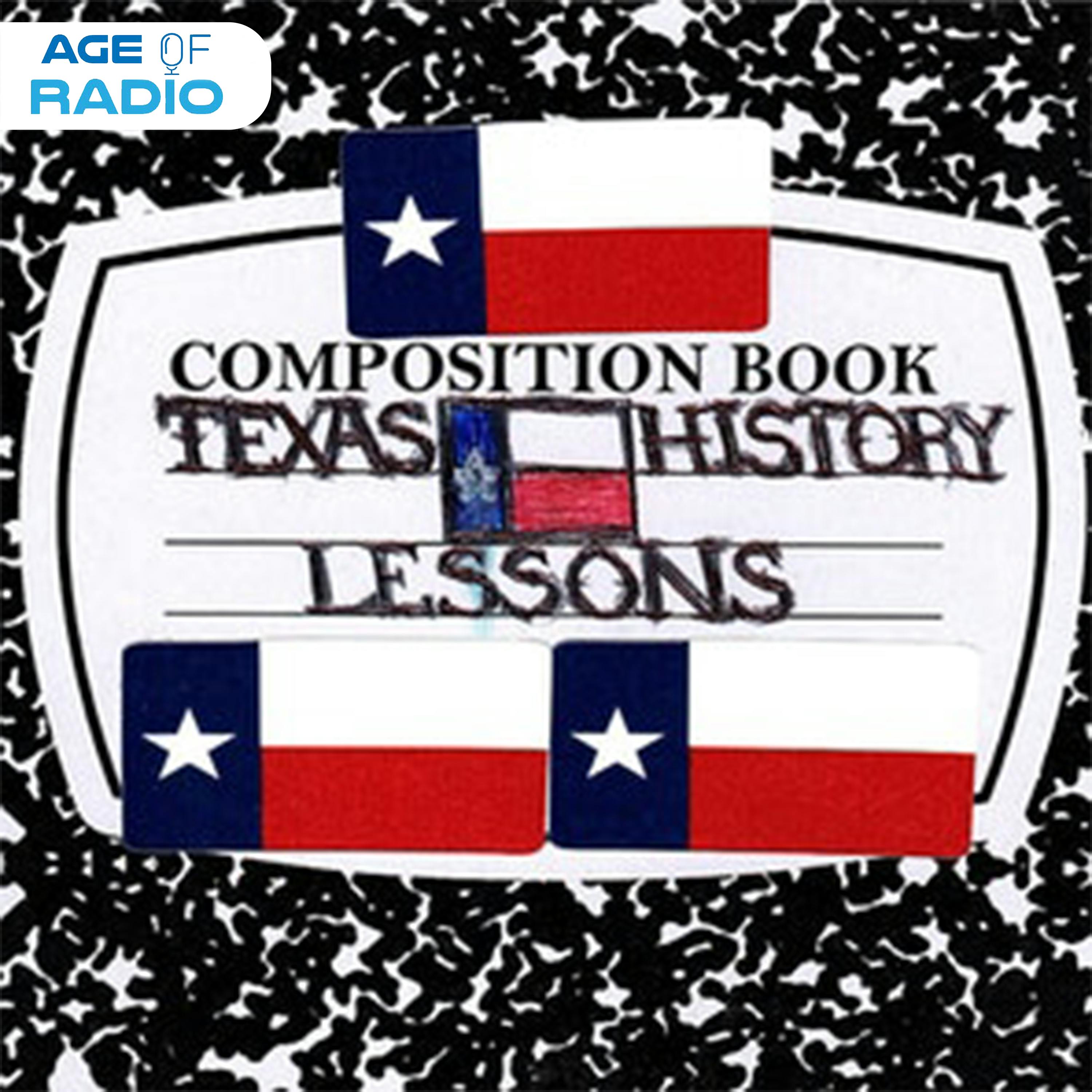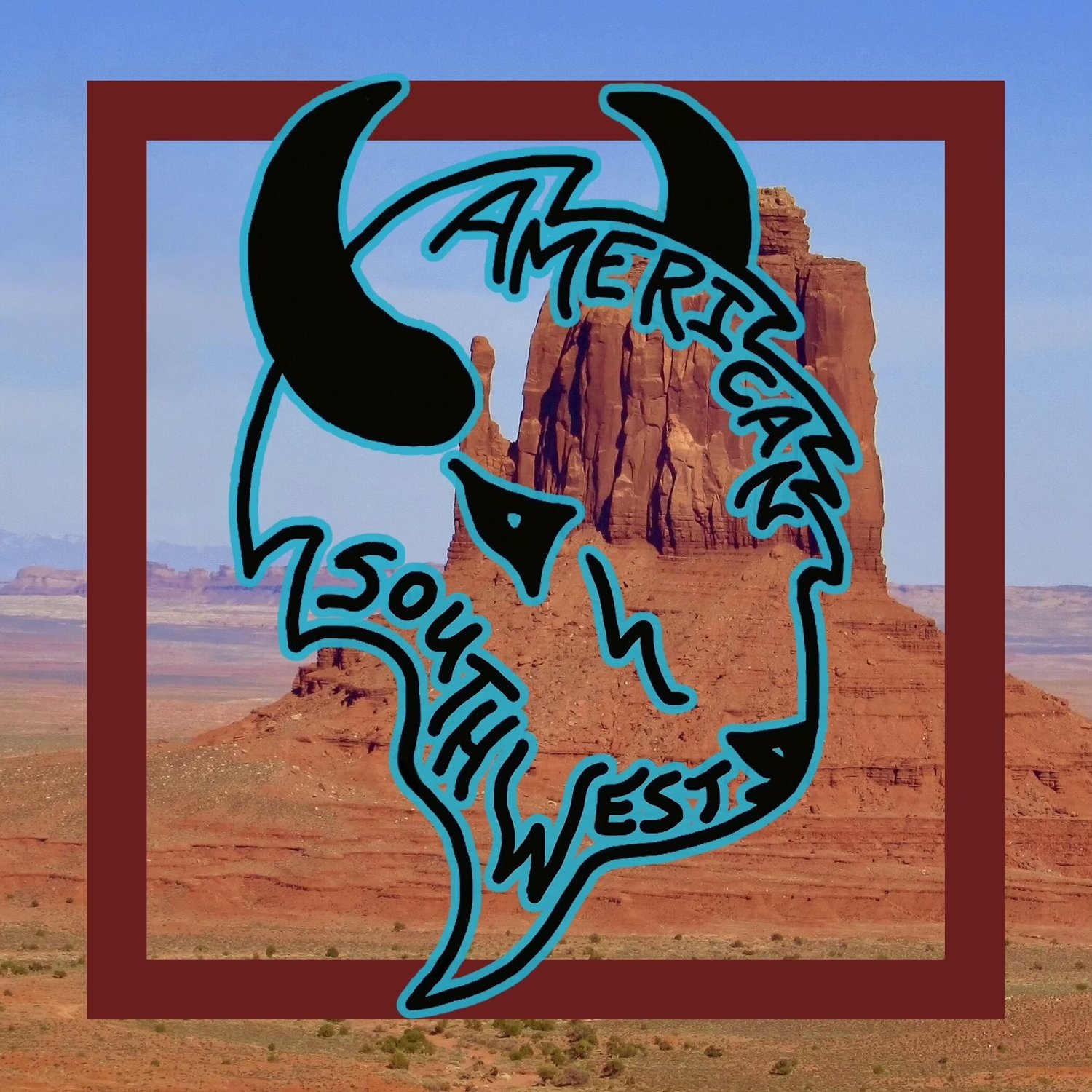
the Enchantment Chronicles
Chronicling the stories of the enchanting people, places, and events from New Mexico - the Land of Enchantment.
the Enchantment Chronicles
A Night of Terror on the Telephone Lines: Sally Rooke's Last Stand during the Disastrous Folsom Flood
What would you do if you held the power to save your town from an impending disaster? Experience the riveting tale of Sally Rooke, a heroic telephone operator from Folsom, New Mexico, who, in 1908, put her life on the line to warn her fellow townsfolk about an imminent, catastrophic flood. In one of history's most tragic chapters, Folsom, located precariously along the Cimarron riverbed, fell prey to nature's wrath. The town's susceptibility to flooding, coupled with the limited opportunities accessible to women like Sally, paints a compelling picture of the era.
Fasten your seatbelts as we journey through the stormy night of the Folsom Flood of 1908 and the brave actions of Sally Rooke. Through local narratives and historical records, we learn of Sally's valiant efforts to alert her community, a task she pursued until her very last breath. Sally's legacy lives on in the annals of history, a beacon of courage in a world fraught with challenges. Listen in as we pay homage to an unsung heroine, whose story continues to resonate across the decades.
A special thanks to James Steinle for graciously allowing us to excerpt his song "The Tale of Sally Rooke" in this episode. Check out James over on Spotify and watch for him in the hills of West Texas or on his excursions into New Mexico!
For more on Sally Rooke, check out these links: Sarah “Sally” Rooke: NM Historical Women Marker
Folsom Flood Primary Source Accounts from the Folsom Museum.
And keep listening to the Enchantment Chronicles for the discovery after the flood that changed our understanding of North American history!
Check out the Enchantment Chronicles on Spotify, Google Podcasts, Apple Music, or anywhere podcasts are found.
Follow the Enchantment Chronicles on your favorite social media!
Instagram: @EnchantmentChronicles
Twitter/X: @NewMexPodcast
https://www.enchantmentchronicles.com
Bienvenidos. This is the Enchantment Chronicles. I am Johnny, the Man of Enchantment.
Drew:I'm Drew and we are here to tell you about a story from our New Mexico history. Hey, Johnny, have you ever heard of a trolley problem?
Johnny:No, I don't know what that means.
Drew:Okay. So it's like an ethicist's dilemma. It's one of these horrible decisions. And in it there's a trolley, so it's on these little tracks and you're right by the switch and you see something like there's an adorable little dog, beloved dog, on one set of tracks and then there's a grandma crossing the street on the other set of tracks. So the question is where do you send the trolley? Do you send it to the grandma or send it to the dog? And you know, I mean there's different versions of it, you know. But the basic dilemma is you can't save everyone, so who do you save?
Johnny:How old's the dog?
Drew:I said adorable puppy and grandma.
Johnny:Yeah, I don't know, probably grandma.
Drew:No matter what, grandma could probably live longer than the puppy, Right? Well, this is the story of a woman who found herself very much in the midst of a trolley problem. Only, in her case, it was her own life that she had to decide whether she had to save. And this is the story of the Folsom Flood of 1908.
James Steinle-- The Tale of Sally Rooke:Here's the tale of Sally Rook, from Folsom, New Mexico. She was a telephone operator by trade but, more important, a hero. River run high, the river run ramps barreling down to a Folsom town. From the darkest sky through the valley white better head up to higher ground. Dust fell on the town summer 1908, August 27th precise, in the town of 998. All the springs green, a turn of gray. When the ranchers went to cut and hang, there come a deluge. Just up the Dry Cimmarron along the the river. River run high, river run ramps barreling down to a Folsom town From the darkest sky, through the valley white better head up to higher ground. Sally Rook ewas an older lady who manned a telephone station. No patching plugs and punching lines was her occupation. And through the dark there rang a ring, this Cimarron where the feed. She said Sally, well, there's a flood coming like I've never seen. She went river run high, the river run ramps barreling down to a Folsom town From the darkest sky through the valley white, better head up to higher ground.
Drew:August 27th, 1908. Yeah, we don't actually have any reports from August 27th because, among other things, the newspaper offices were flooded out and the printing presses washed out, so took a few days for them to clean them up and get them ready. So to give you a little context, in 1908, we had railroads, kind of crisscrossing New Mexico, small narrow gauge ones, and with these railroads you have telegraph lines and telephone lines everywhere. But also in 1908, women were very limited in terms of their job options. They could be a nurse, they could be a teacher, they could be a waitress at a Harvey House Heaven forbid, they'd be a waitress somewhere else.
Drew:But one of their options was to be a telephone operator. That became a job that was open to women, but only after Alexander Graham Bell tried to hire a bunch of teenage boys and they started messing around instead of plugging in and connecting the phone. So a woman named Sally Rook moved to Folsom in 1905 after visiting a friend and she got a job as a telephone operator. Sounds pretty nice as far as we go right. But unfortunately Folsom was along the dry Cimarron, which was a riverbed. In the Cimarron that usually was just a dry arroyo and unfortunately during flooding it would turn wet. We had a town of about 800 situated right there along the banks of the Cimarron and they were a cattle ranch in town.
Johnny:We're talking 800 in 1908?.
Drew:Yes.
Johnny:That was pretty big back then.
Drew:Yeah, according to one local rancher's website, a modern local rancher they said it was the biggest cattle head north of Abilene, Texas at the time. So it was an up and coming town kind of place people could start over.
Johnny:And Folsom is up near Capulin Volcano.
Drew:Right, it's about five miles from Des Moines, which some of us have driven along our way through Oklahoma and Kansas. If you take a shortcut back to the Midwest probably, what 20 miles that or so away from Raton?
Johnny:right? Well, so we have Sally, and she moved to Folsom in 1905. 1905.
Drew:Yeah, she takes a job there and she's working the switchboard, and according to a local paper, there'd been a very pleasant rain there that night, August 27th, in the evening, but later there was a storm west of town up at the mountains, and that storm was horrific. Locals claimed that they're if they had cast iron bathtubs sitting outside, as some people still did back in 1908, some of those cast iron bathtubs overflowed just from the rainfall and unfortunately, most of these houses along there had been built without foundations. You know our New Mexico soil is pretty rocky, it's hard to dig in, and so they just kind of built huts above the ground.
Johnny:So can I read an excerpt from a newspaper three days after the event? Quote "ivid and continuous lightning soon developed. Down came the torrents of water, amid the continuous flashing and crashing of deafening peals of thunder that were echoing back and forth from peak to peak.
Drew:Wow, yeah, you can imagine that that's the first time I moved out to New Mexico. I accidentally camped in a stream bed. Once I had to drag my tent out of the water. That was only a couple of inches, but I had to learn.
Drew:Well, Sally got a call from Mrs Ben F Owens. She was still at the central office at the switchboard after dark when many of the people were in bed. Mrs Owens lived eight miles up the river bed. There she said there's a wall of water coming. The accounts in the newspaper is very and it might be just based on how wide the canyon was at those various points between 12 feet high or only five feet high but we know entire buildings were overturned with that wall of water. Sally figures out that she's the only one that can call these people. She's the one warning. She starts connecting these plugs, connecting these wires, one at a time. This is where that trolley problem comes in. I picture her calling these families over and over again. I wonder if each time does she think, okay, have I called enough? Or does she just keep going? Has she already made her decision?
Johnny:Was she calling everybody in the path of the? I'm assuming some folks weren't in the path of this river or the stream bed.
Drew:Yeah, I mean we know some people were up ahead. We actually know that someone we'll talk about later, George McJunkin. He lived outside a town and he was woken up by it, but there was no way he could get on a horse and outrun the floodwaters to warn anybody. He knew he couldn't. But in a town of 800, she knows the layout. She's calling everybody she can. She has to wait for the phone to get picked up. She has to explain what's going on. But who knows how many people she called, how many people answered, who knows how many people ran out the door and banged on other doors and woke up their neighbors and said we got to go, the water's coming. All we know is that she kept calling. She kept calling even as those waters were coming. Eventually they washed away her central office. We even know that the last person that heard her calling survived and reported that she heard a crash and the line went dead.
Drew:Then again, just relying on a web, on a blog of a local rancher, a lot of the locals say well, first of all we should say Sally was not found for quite a while. Afterwards. She was found herself eight miles downstream the next spring, I think it was. But some people say that when they found her she still had her head set on. She was still trying to make one more connection, which would of course jibe with what we heard about from the last phone call she made.
Drew:There was that last horrific crash and then the line had gone dead. It was the all-cut family that they were calling. They reported hearing a terrible clash of thunder before that line went dead. Maybe it was thunder, maybe it was the central office itself washing away, but she never gave up. She kept calling. She gave up her life in the service of that town.
Drew:In the end, the day after, I think, they reported 10 dead at first and later added seven to the toll out of more than 800. And you're right that not all of them would have been along the banks of the river there, but it's probably safe to say that she saved 10 times as many as would kill just by getting that word out. And in fact that story reached as far as the East Coast. It was reported in Colorado newspapers, it was reported in the New York Times and eventually telephone operators across the country raised money by contributing dimes 4,334 dimes were contributed to it set up a memorial to Sally Rook and she later got recognized by our state and there's a historical marker out there near Folsom which acknowledges her sacrifice and how much she did to save the people of Folsom. Sadly the town itself didn't recover.
Johnny:but so do you know if this is the first document, kind of documented 911, equivalent of the 911 operator?
Drew:I think it may be. It would be 60 years before the first 911 call was made, but I think Sally in that moment, in that one moment, identified what she needed to do and was able to get it done. I'm sure there was other times that people made phone calls for doctors, but in this case it was a very dramatic story that had reached across the country, such that 4,334 telephone operators across the country would each contribute a dime of their wages, which was not an insubstantial amount back then, to set up a memorial for. So yeah, this is kind of a point where some of the world saw the potential for our communication systems to warn us.
Johnny:So, and just I'm looking up the value of those donations and it's about $3,400 in today's dollars. Yeah, and this the flood did this wipe out Folsom completely.
Drew:I mean, there's something like 80 people living there today. So I mean and part of it probably is, we learn from our mistakes, right? The people that did stick around stick around in the county wouldn't have rebuilt in the riverbed, and the people in the town that we built wouldn't have rebuilt right where the flooded pass through. But most of the town essentially washed away and never came back. So that was the end of Folsom as anything more than a census designated place, as we call our very tiny towns here in New Mexico.
Johnny:But it wasn't the end of Folsom, because we will be speaking or chatting about something else that came from this flood and the guy later on, a guy by the name of George McJunkin, who ended up discovering a bunch of Fossils because of the flood.
Drew:Absolutely, yeah. So that flood probably prompted the greatest archaeological discovery in the 20th century, certainly in the Americas, if not in the world. So stay tuned for that episode and thank you for listening.
Johnny:Thank you.
James Steinle-- The Tale of Sally Rooke:Sally took a breath, sat up real tall and straight underneath the glow of a flickering light and she knew this was her fate. In horror dread and the dead of night started calling up a storm. Everyone on the bossam town. She dialed him up to war. She said hitch those wagons, save your lives.
Johnny:That river's coming, don't waste no time Get out now.
James Steinle-- The Tale of Sally Rooke:I still gotta sit and get on with that mountainside. At the stroke of midnight, the outskirts of town, came that wall, five feet high water and murky brown Sally still on the line when she got washed away. But in a town of 998, only 17 met the gray. This here's the tale of Sally Rook from Folsom, new Mexico. She was a telephone operated by a train but, more importantly, a hero. She was a telephone operated by a train but, more importantly, a hero.
Podcasts we love
Check out these other fine podcasts recommended by us, not an algorithm.

The Wild West Extravaganza
The Wild West Extravaganza
Texas History Lessons
Texas History Lessons | Age Of Radio
The American Southwest
Thomas Wayne Riley